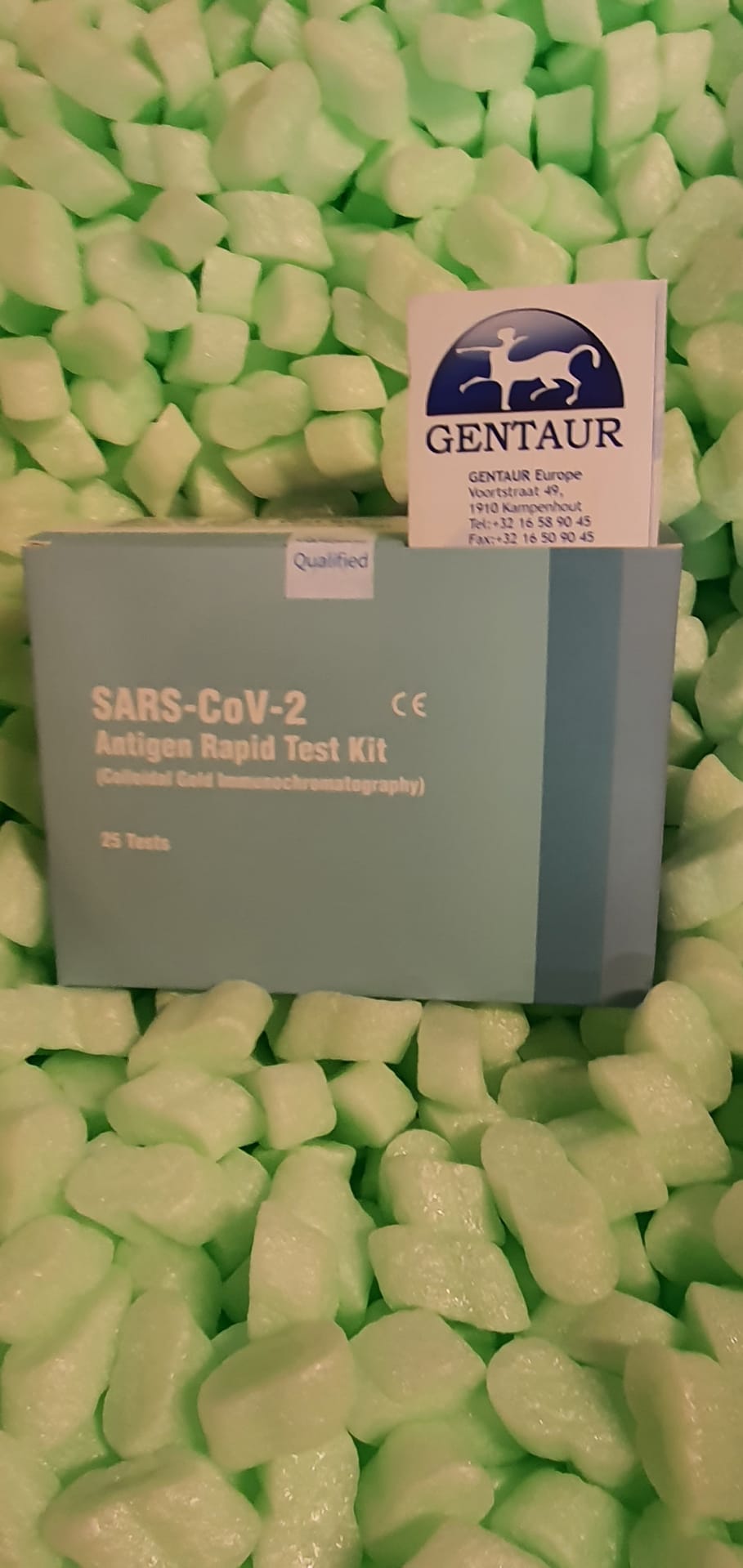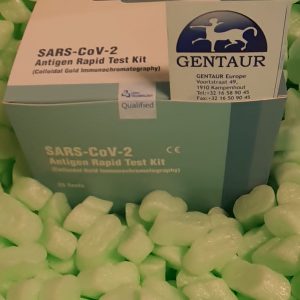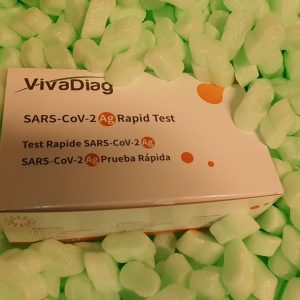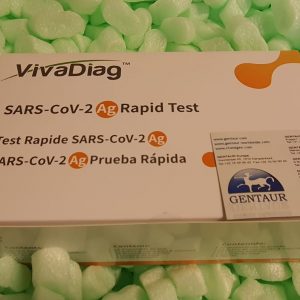Protein malnutrition promotes hepatic lipid accumulation in rising animals. In these animals, fibroblast development issue 21 (FGF21) quickly will increase in the liver and circulation and performs a protecting role in hepatic lipid accumulation. To examine the mechanism by which FGF21 protects in opposition to liver lipid accumulation under protein malnutrition, we decided whether or not upregulated FGF21 promotes thermogenesis or secretion of very-low-density lipoprotein (VLDL)-triacylglycerol (TAG).
The outcomes confirmed that protein malnutrition decreased VLDL-TAG secretion, however upregulation of FGF21 didn’t oppose this impact. We noticed that the longer the rats had been fed the SPI weight loss program, the extra helpful it resulted in opposition to NAFLD. Based on our findings, the expected reductions in inflammatory mechanisms whereas enhancing lipid transport out of the liver may very well be the explanations behind the discount of liver steatosis.
In addition, protein malnutrition increased expression of the thermogenic gene uncoupling protein 1 in inguinal white adipose and brown adipose tissue in an FGF21-dependent method. However, surgically eradicating inguinal white adipose tissue didn’t have an effect on liver triglyceride ranges in protein-malnourished mice. These information recommend that FGF21 stimulates thermogenesis under protein malnutrition, however this isn’t the causative issue underlying the protecting role of FGF21 in opposition to liver lipid accumulation. Cholangiocarcinoma (CCA) represents a uncommon however extremely aggressive malignancy that’s typically difficult to diagnose, particularly in early levels.
The role of current tumor biomarkers for CCA analysis, stays controversial resulting from their low sensitivity and specificity. Increasing proof has implicated lengthy non-coding ribonucleic acid polymorphisms with most cancers susceptibility in a range of tumor varieties. The affiliation between lengthy non-coding ribonucleic acid homeobox protein transcript antisense intergenic ribonucleic acid (HOTAIR) polymorphisms and CCA threat has not been reported but.
Genetic engineering of circularly permuted yellow fluorescent protein reveals intracellular acidification in response to nitric oxide stimuli
Intracellular pH (pHi) is a vital parameter in cell biology; thus, a sequence of pH probes have been developed to find out pHi adjustments in residing cells. However, extra delicate and non-perturbing ratiometric pH probes are wanted for correct pHi measurements. While the fluorescence of round permutated YFP (cpYFP) is hypersensitive to pH adjustments resulting from its intrinsic properties, the one excitation peak of this protein restricts its capability of turning into a rational sort of pH sensor. Herein, we collected a number of cpYFP-based probes with twin excitation peaks and constructed their corresponding loss-of-function mutants to display for a possible competent pH probe.
The most delicate probe was named NocPer. NocPer consists of cpYFP inserted into inactive-mutated GAF and AAA+, that are two regulatory domains of E. coli NorR, a nitric oxide (NO)-specific transcription issue. Fluorescence emission of NocPer peaks at 517 nm whereas exhibiting twin excitation peaks at 420 and 495 nm, which can be utilized for ratiometric imaging. This new pH sensor has a big ratio response dynamic (pH vary of 7.0-11.0), which covers the physiological pH vary (pH 7.0-8.0), and reveals an roughly 3-fold larger fluorescent sign in response to a pH improve from 7.Zero to eight.Zero than that of pHluorin.
Using NocPer, we found a brand new organic phenomenon in which NO publicity decreases the E. coli pHi, which led to the speculation that pathogens lower their very own pHi throughout an infection. Further, we elucidated that the NO-induced inhibition of cytochrome c oxidase in the respiratory chain is answerable for the decline in pHi, which could signify a protecting technique of E. coli under NO stress circumstances. Our outcomes demonstrated that NocPer is a ratiometric pH probe with excessive sensitivity for the physiological pH vary.

A Comparison of Short- and Long-Term Soy Protein Isolate Intake and Its Ability to Reduce Liver Steatosis in Obese Zucker Rats Through Modifications of Genes Involved in Inflammation and Lipid Transport
Obesity can result in a number of well being issues together with nonalcoholic fatty liver illness (NAFLD), the aggregation of lipids inside hepatocytes, and consequent irritation of the liver tissue. Previously, we reported that feeding overweight Zucker rats with soy protein isolate (SPI) can cut back liver steatosis. To perceive how SPI diminished liver steatosis, we performed world gene expression evaluation on liver samples obtained from these rats after short- (Eight weeks) and long-term SPI feeding (16 weeks). We in contrast and contrasted these information utilizing Ingenuity Pathway Analysis (IPA) software program. This examine centered primarily on the right track molecules that may very well be collaborating in irritation processes and lipid metabolism which might be well-known parts of NAFLD.
Inflammatory response was predicted to be inhibited in animals fed the SPI weight loss program at each 8 and 16 weeks of experiment. This common prediction was based mostly on damaging activation z scores obtained via IPA (z rating < -2.0, P < .00001) for eight features of immune perform/inflammatory response. Lipid metabolism was predicted to be strongly enhanced in rats fed the SPI weight loss program for 16 weeks than for Eight weeks. This prediction was based mostly on optimistic activation z scores (z scores >2.0, P < .00001) of eight capabilities concerned in lipid transport and metabolism.
[Linking template=”default” type=”products” search=”Anti-Mouse Follistatin-Related Gene Protein” header=”2″ limit=”122″ start=”1″ showCatalogNumber=”true” showSize=”true” showSupplier=”true” showPrice=”true” showDescription=”true” showAdditionalInformation=”true” showImage=”true” showSchemaMarkup=”true” imageWidth=”” imageHeight=””]
Here, we report the useful characterization of rice GLYCINE-RICH PROTEIN 3 and its physiological roles in drought stress response. Both drought stress and ABA induce the expression of OsGRP3. Transgenic vegetation overexpressing OsGRP3 exhibited tolerance whereas knock-down vegetation had been inclined to drought in comparison with the non-transgenic management. In vivo, subcellular localization evaluation revealed that OsGRP3-GFP was transported from cytoplasm/nucleus into cytoplasmic foci following publicity to ABA and mannitol therapies. Comparative transcriptomic evaluation between OsGRP3OE and OsGRP3KD vegetation means that OsGRP3 is concerned in the regulation of the ROS associated genes





